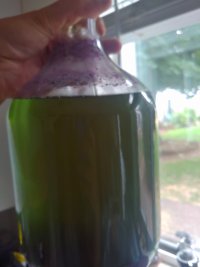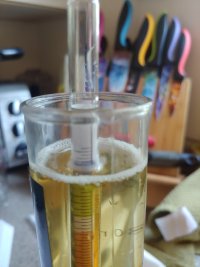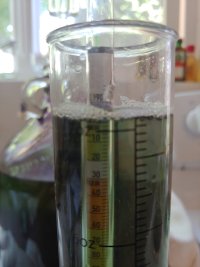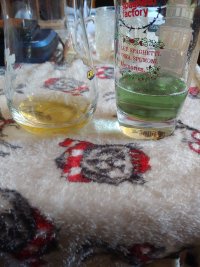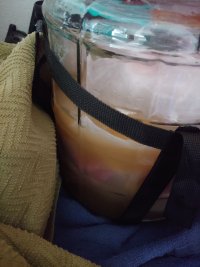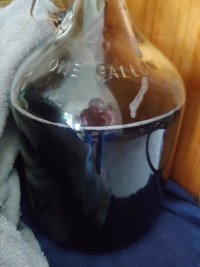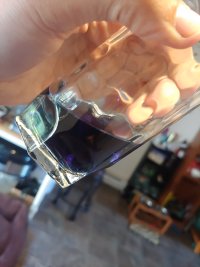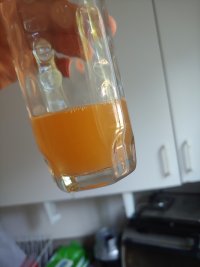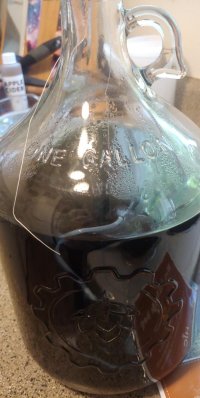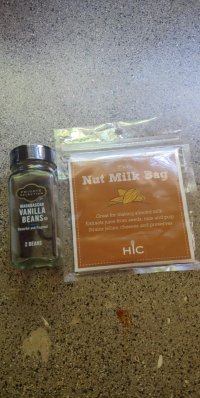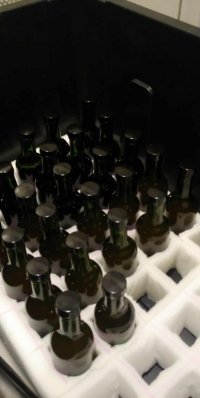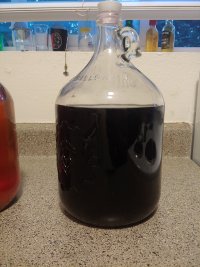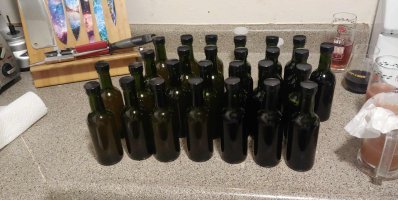Just starting my 2nd batch of mead.
I used some about 6lbs of raspberry honey
And some purified water about 6 quarts.
The tonsa calculator didnt have my type of yeast as a option so i kinda went with the the medium m nutrients as it seemed like the best option.
After pitching my yeast i poured it into my carboys only to realize i probably used to much water for my pich as my fill line sits real high. Not sure if that will be a problem but lets see. The dark purple one has ube extract. Ube is a purple root and it has a nutty vanilla like flavor.
I used some about 6lbs of raspberry honey
And some purified water about 6 quarts.
The tonsa calculator didnt have my type of yeast as a option so i kinda went with the the medium m nutrients as it seemed like the best option.
After pitching my yeast i poured it into my carboys only to realize i probably used to much water for my pich as my fill line sits real high. Not sure if that will be a problem but lets see. The dark purple one has ube extract. Ube is a purple root and it has a nutty vanilla like flavor.


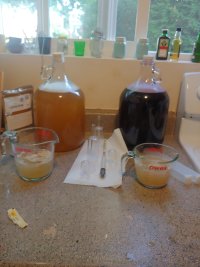
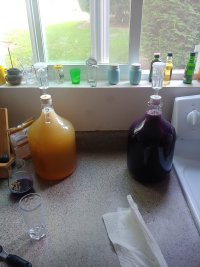
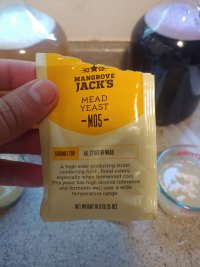
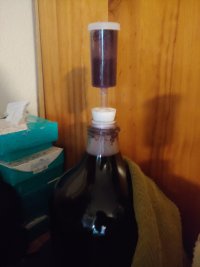
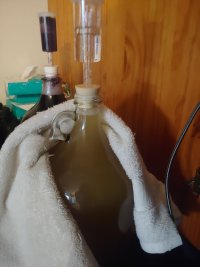
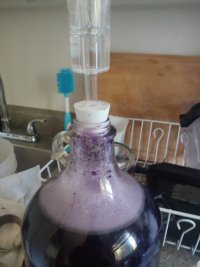
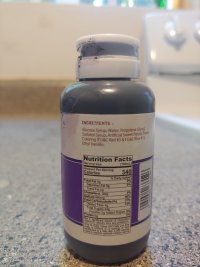








![Craft A Brew - Safale S-04 Dry Yeast - Fermentis - English Ale Dry Yeast - For English and American Ales and Hard Apple Ciders - Ingredients for Home Brewing - Beer Making Supplies - [1 Pack]](https://m.media-amazon.com/images/I/41fVGNh6JfL._SL500_.jpg)















































